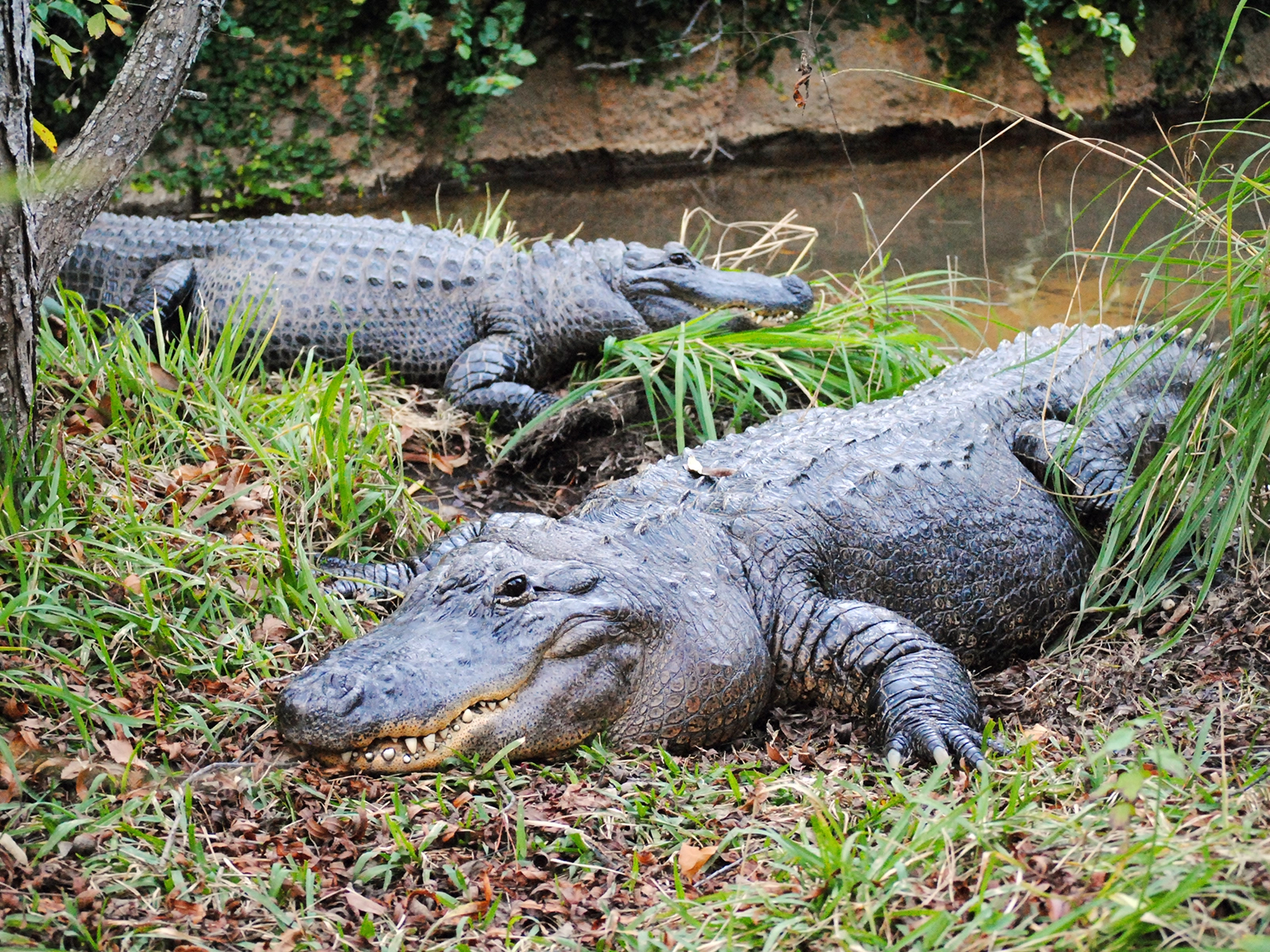American Alligator
Alligator mississippiensis
Class
Reptilia
Order
Crocodylia
Family
Alligatoridae
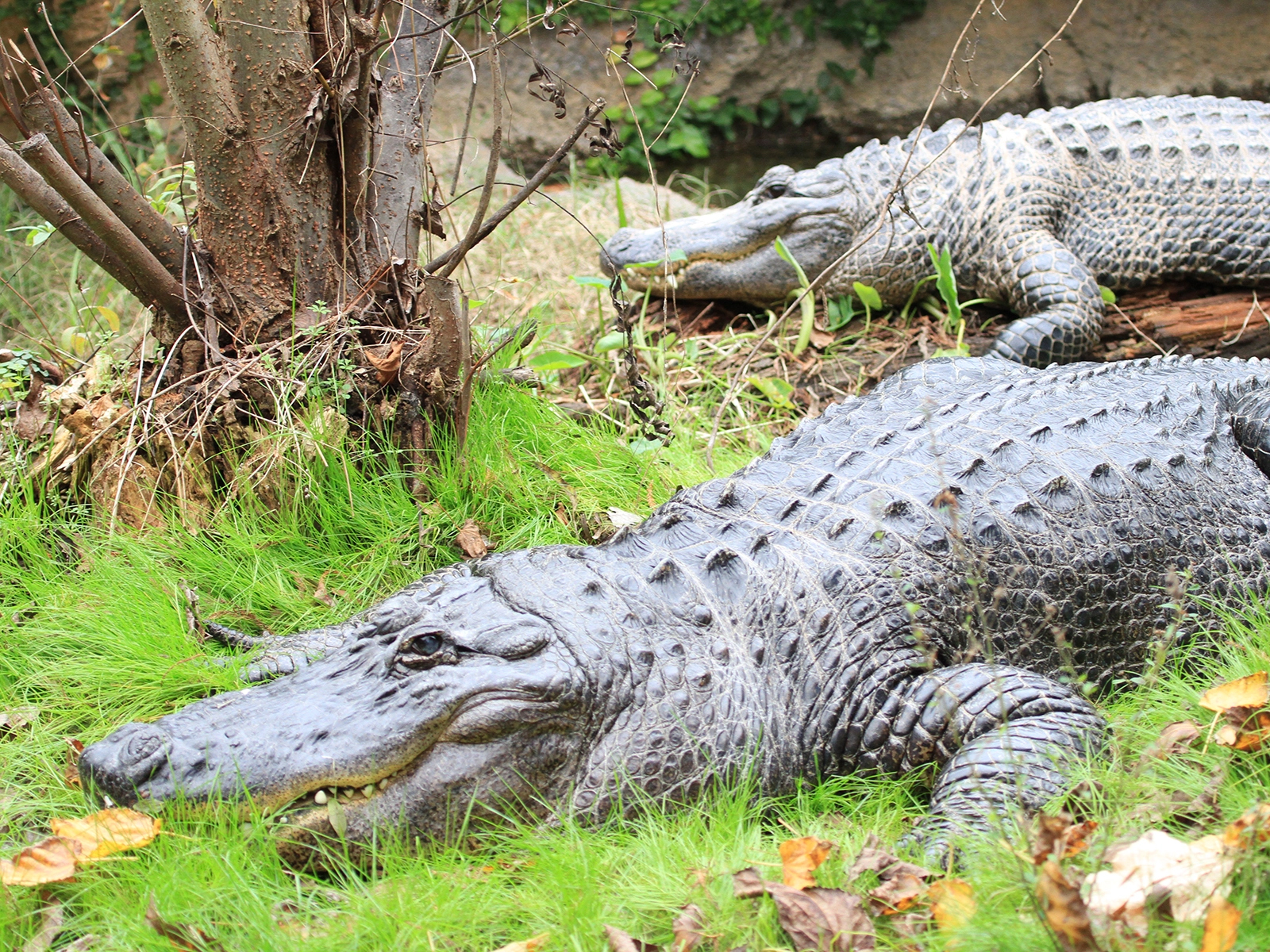
Reptilia
Crocodylia
Alligatoridae
Southeastern United States
Males Avg. 600 lbs., 11 ft.
Females Avg. 200 - 300 lbs., 8 ft.
Freshwater lakes, marshes and swamps
Incubation about 3 months; cluth up to 50 eggs
Fish, turtles, snakes, mammals and birds
Least Concern
Males roar to get a female’s attention, and to warn off other males. Both males and females bellow when mating.
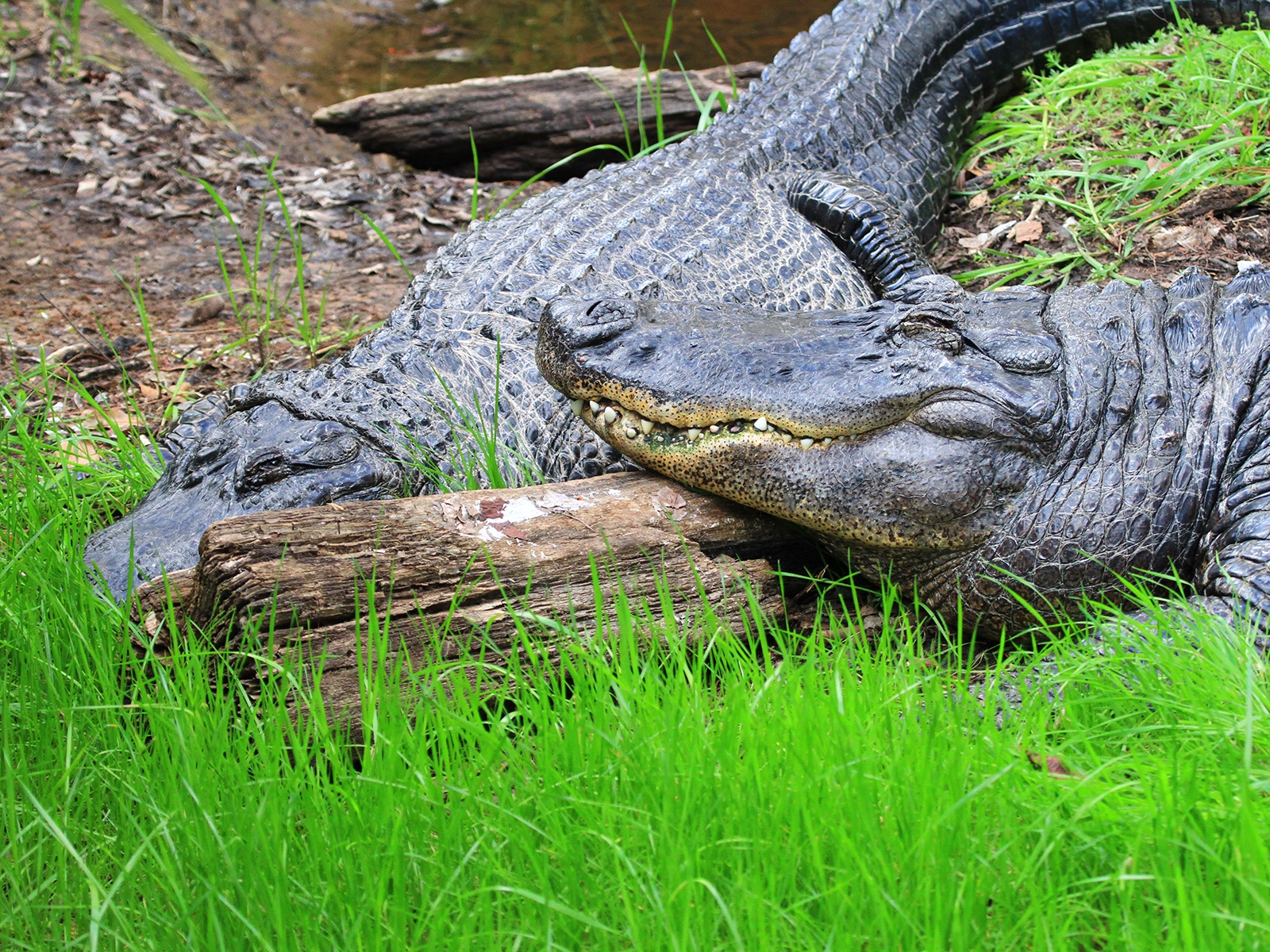
An alligator's powerful muscles can slam it's jaw shut with a force of over 2,000 pounds per square inch, which is the same amount of impact as a mid-sized car dropping on someone! This allows them to break bones and crush turtle shells.
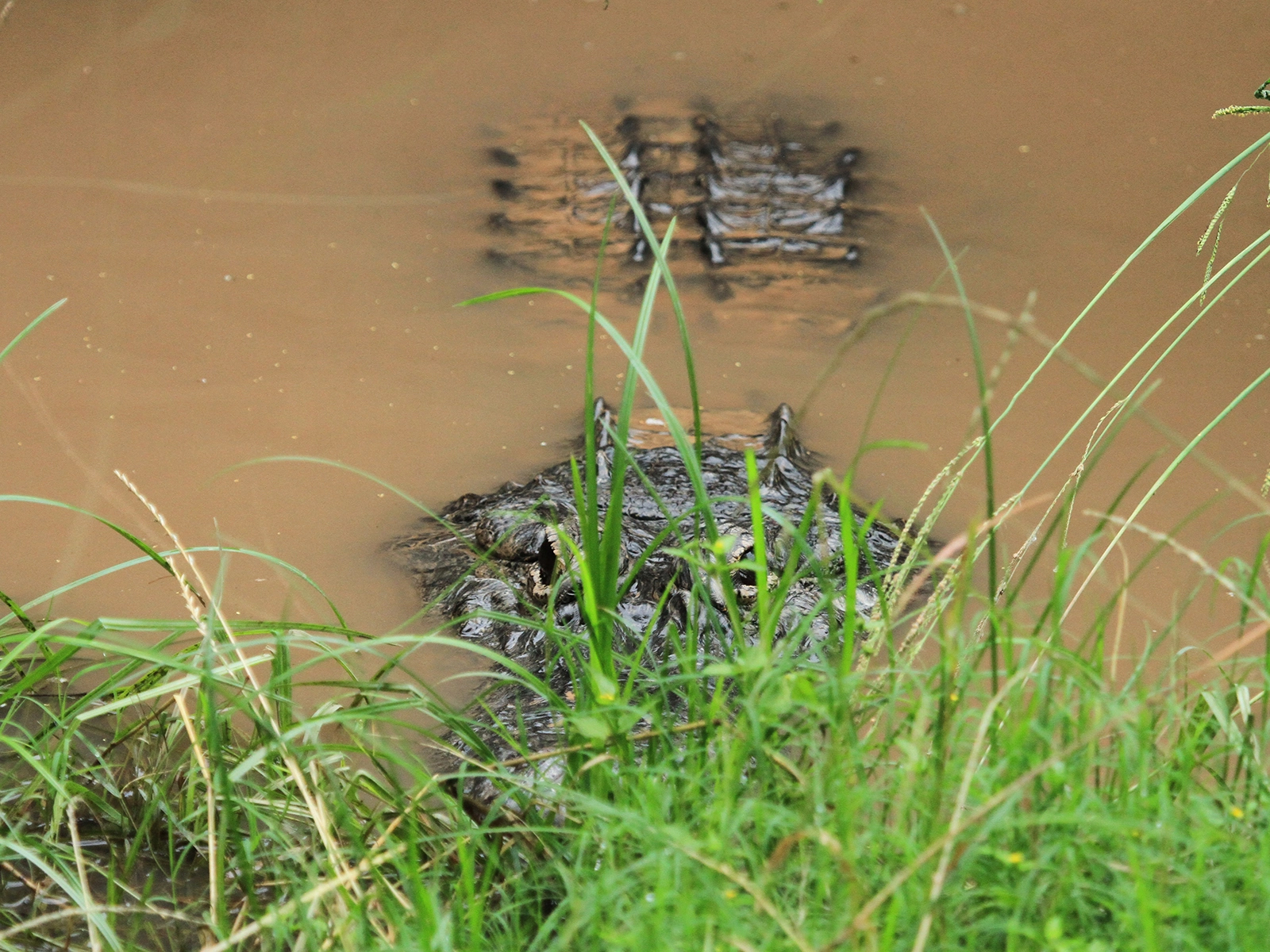
American alligators are found in freshwater lakes, rivers, swamps, and marshes in the southeastern United States. They are great swimmers, specially equipped with webbed feet and strong tails that propel them through the water. American alligators can swim up to 20 mph.
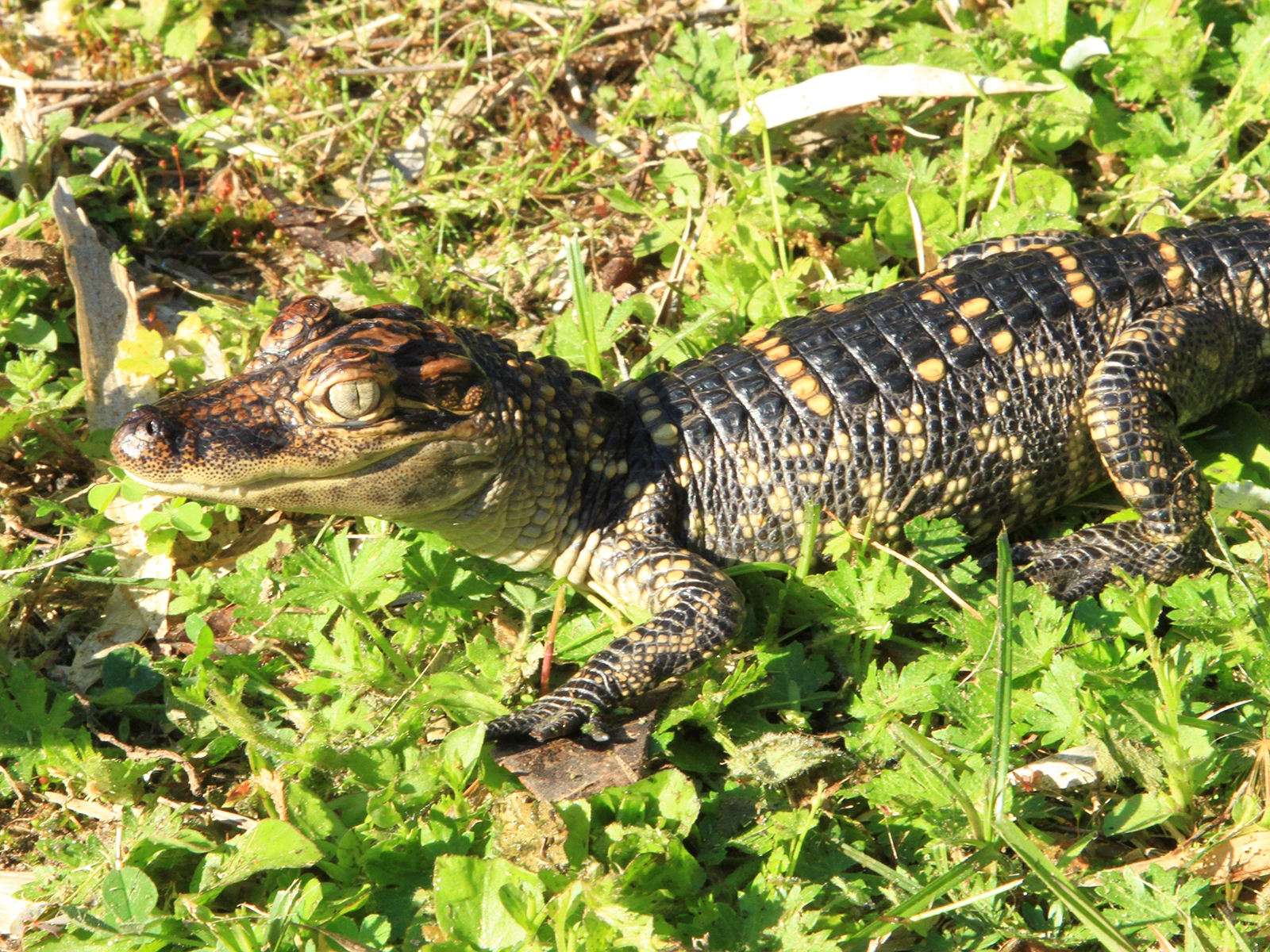
When young alligators are ready to hatch, they begin to make high-pitched noises from inside the egg. This lets mom know it's time to remove the nesting material. Baby alligators measure about 6 to 8 inches at hatching.
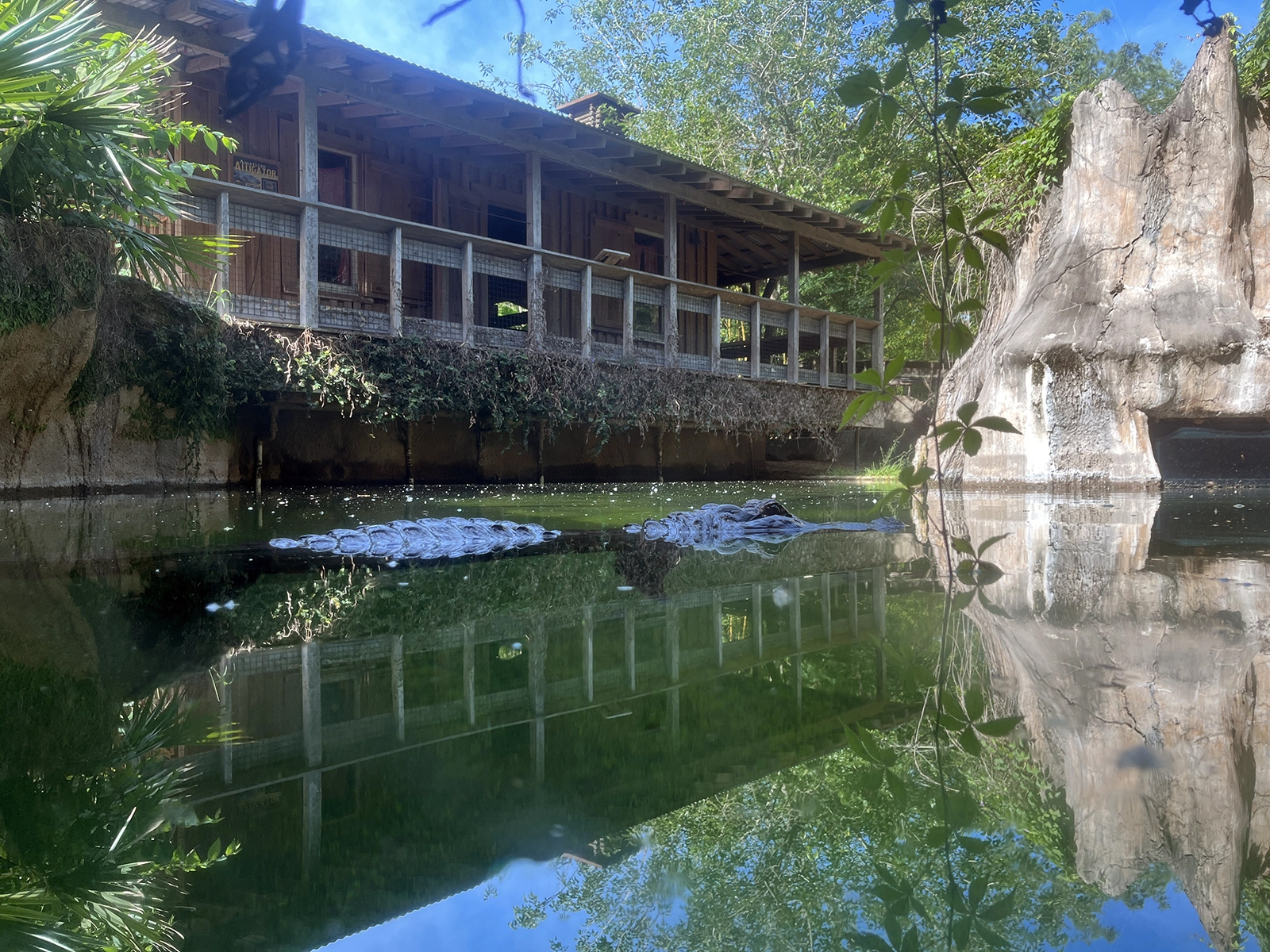
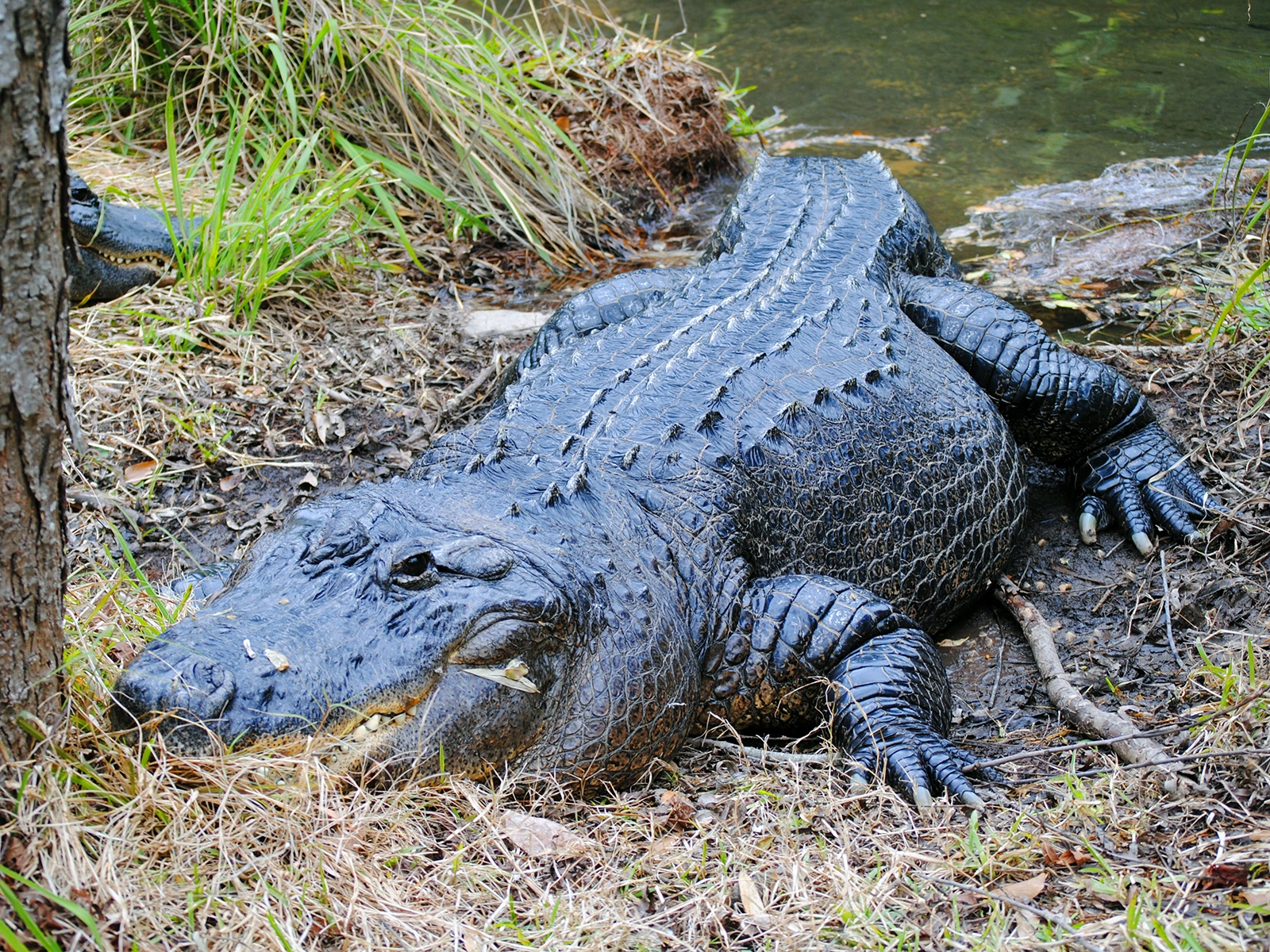
Moease has been at the Alexandria Zoo since 1974, when he arrived with former Zoo Director Leslie Whitt, who raised him from a tiny eight-inch hatchling.
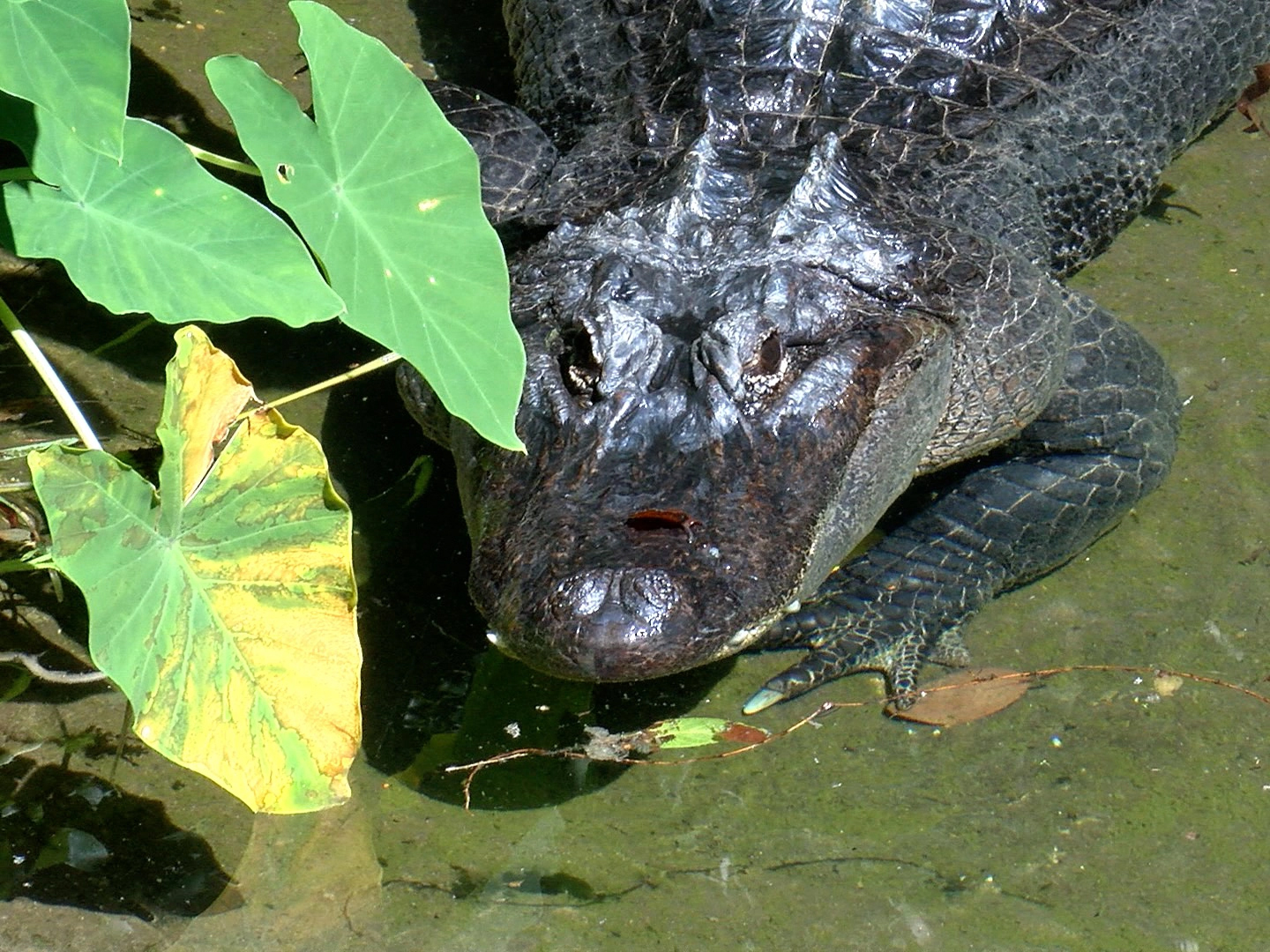
Chopper is the longest tenured resident at Alexandria Zoo.
Once listed as endangered in 1967, today the American alligator is the most numerous species of crocodilian on the planet.
The alligator is one of the United States' conservation success stories. It was hunted nearly to extinction for its skin, used to make purses, boots and other leather goods. Through strict conservation efforts, alligators made an amazing comeback. Today, they are no longer endangered. However, the American alligator is listed as threatened on the U.S. Endangered Species List because of its similar appearance to the endangered American crocodile.
Educate Yourself and Others: Learn about the different species of crocodilians and the specific threats they face. Share this knowledge with your community.
Be a Responsible Tourist: When visiting areas with native alligator populations, always observe them from a safe and respectful distance and never feed them.
Advocate for Change: Support policies that protect alligator habitats and combat the illegal wildlife trade.
